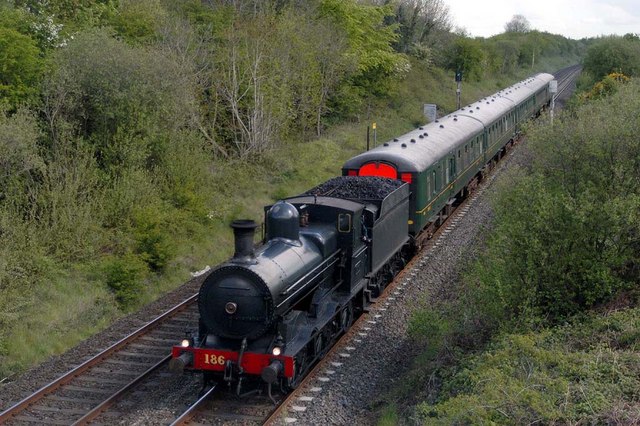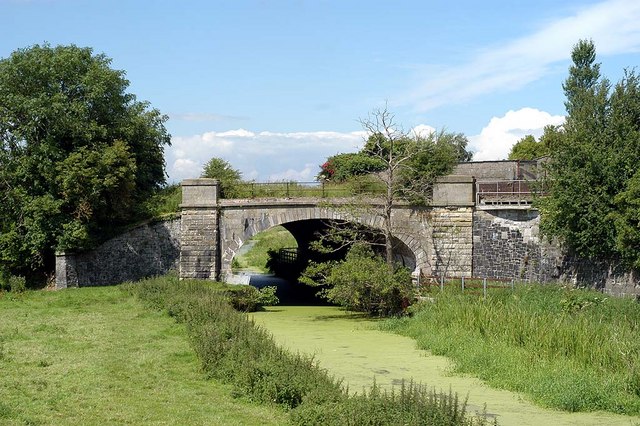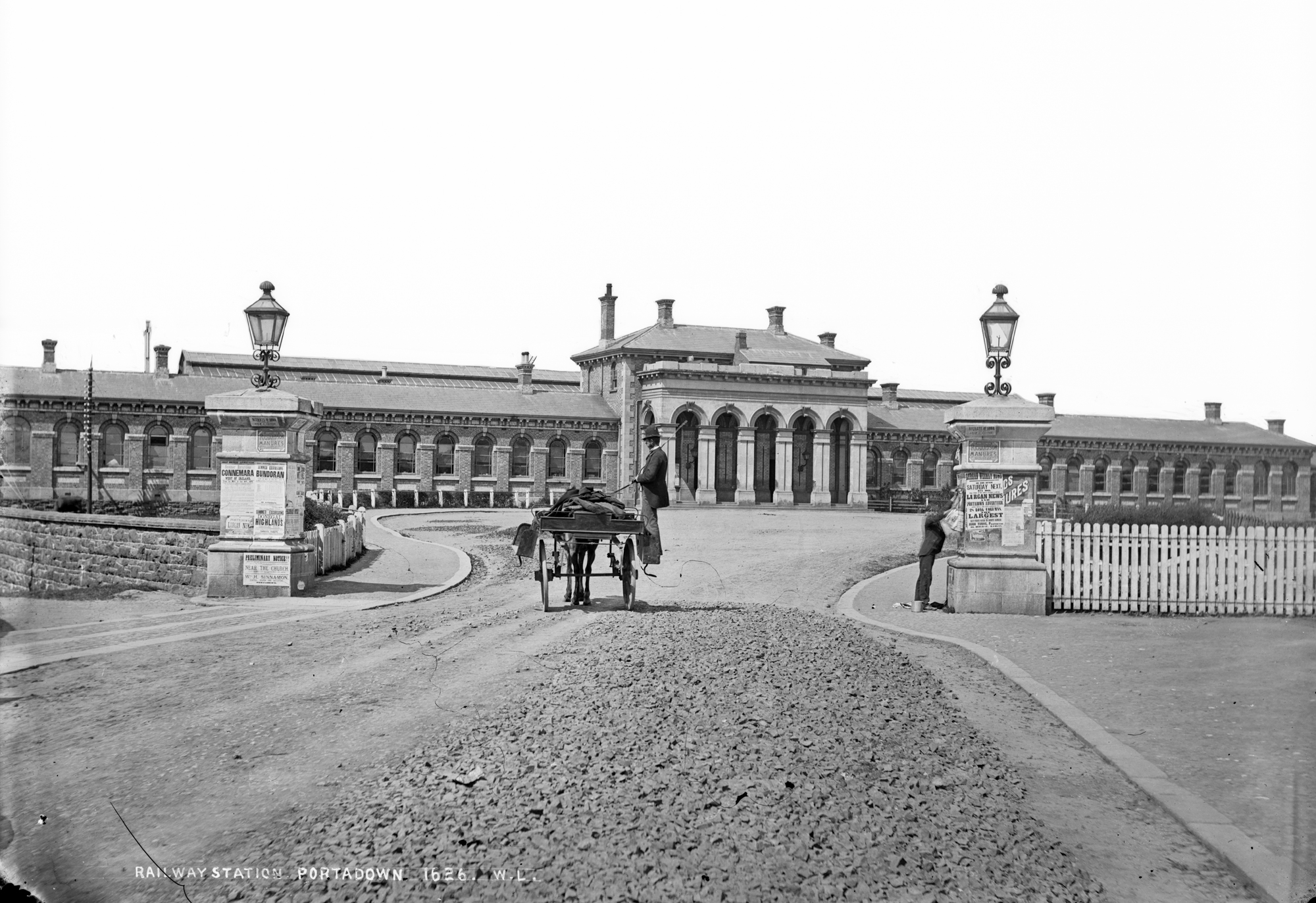|
Seagoe Railway Station
Seagoe Station which was opened on 31 January 1842 by the Ulster Railway Co. and closed on 12 September 1842 when the railway line was completed as far as Portadown and Portadown railway station was opened to passengers on the 12 September 1842 The former station is on the mainline between Lurgan and Portadown on the Belfast-Newry and Dublin Connolly line, located in County Armagh, Northern Ireland Northern Ireland ( ga, Tuaisceart Éireann ; sco, label= Ulster-Scots, Norlin Airlann) is a part of the United Kingdom, situated in the north-east of the island of Ireland, that is variously described as a country, province or region. Nort .... References Disused railway stations in County Armagh Railway stations in Northern Ireland opened in 1842 {{NorthernIreland-railstation-stub ... [...More Info...] [...Related Items...] OR: [Wikipedia] [Google] [Baidu] |
Ulster Railway
The Ulster Railway was a railway company operating in Ulster, Ireland. The company was incorporated in 1836 and merged with two other railway companies in 1876 to form the Great Northern Railway (Ireland). History The Ulster Railway was authorised by an Act of the UK Parliament in 1836 and construction began in March 1837. The first of line, between and , were completed in August 1839 at a cost of £107,000. The line was extended in stages, opening to in 1841,Hajducki, 1974, map 9 in 1842,Hajducki, 1974, map 8 and in 1848. In 1836 a Railway Commission recommended that railways in Ireland be built to broad gauge. The Ulster Railway complied with this recommendation but the Dublin and Drogheda Railway (D&D) did not. In order for Dublin and Belfast to be linked without a break-of-gauge, in 1846 the UK Parliament passed an Act adopting a compromise gauge of for Ireland, to which the Ulster Railway's track was then re-laid. Extension of the Ulster Railway resumed, reachi ... [...More Info...] [...Related Items...] OR: [Wikipedia] [Google] [Baidu] |
Portadown
Portadown () is a town in County Armagh, Northern Ireland. The town sits on the River Bann in the north of the county, about southwest of Belfast. It is in the Armagh City, Banbridge and Craigavon Borough Council area and had a population of about 22,000 at the United Kingdom Census 2011, 2011 Census. For some purposes, Portadown is treated as part of the "Craigavon Urban Area", alongside Craigavon (planned town), Craigavon and Lurgan. Although Portadown can trace its origins to the early 17th century Plantation of Ulster, it was not until the Victorian era and the arrival of the railway that it became a major town. It earned the nickname "hub of the North" due to it being a major railway junction; where the Great Northern Railway (Ireland), Great Northern Railway's line diverged for Belfast, Dublin, Armagh and Derry. In the 19th and 20th centuries Portadown was also a major centre for the production of textiles (mainly Irish linen, linen). Portadown is the site of the long-ru ... [...More Info...] [...Related Items...] OR: [Wikipedia] [Google] [Baidu] |
Portadown Railway Station
Portadown Railway Station serves Portadown in County Armagh, Northern Ireland. History The original Portadown station was sited half a mile east of the present station and opened on 12 September 1842, replacing a temporary station at Seagoe that had opened the preceding year. The Portadown station was moved to the present location in 1848 then reverted to its original site between 1863 and 1970. Goods traffic ceased on 4 January 1965. The present station opened in 1970, replacing a large and largely redundant station. At the time (1970) the station was called ''Portadown - Craigavon West'', a title that was quietly dropped after the "new city" Craigavon failed to materialise. The layout of the 1970 station was modified in 1997 to allow bi-directional working on all three platforms. The lines to Cavan via Armagh (closed 1957), and Derry via Dungannon and Omagh (closed 1965) diverged immediately west of the present station. In 2012, work began on a major refurbishment of the st ... [...More Info...] [...Related Items...] OR: [Wikipedia] [Google] [Baidu] |
Lurgan Railway Station
Lurgan railway station serves Lurgan in County Armagh, Northern Ireland. History The station opened on 18 November 1841. In 1972, the original Great Northern Railway station building was destroyed by a paramilitary bomb, and subsequently the current station building was erected. Service Mondays to Saturdays there is a half-hourly service towards or in one direction and to , , and in the other. Extra services run at peak times, and the service reduces to hourly operation in the evenings. On Sundays there is an hourly service in each direction. There is also a Sunday-only Enterprise service with one morning train to Dublin Connolly Connolly station ( ga, Stáisiún Uí Chonghaile) or Dublin Connolly is one of the busiest railway stations in Dublin and Ireland, and is a focal point in the Irish route network. On the North side of the River Liffey, it provides InterC .... References External links * Railway stations in County Armagh Railw ... [...More Info...] [...Related Items...] OR: [Wikipedia] [Google] [Baidu] |
Dublin Connolly
Connolly station ( ga, Stáisiún Uí Chonghaile) or Dublin Connolly is one of the busiest railway stations in Dublin and Ireland, and is a focal point in the Irish route network. On the North side of the River Liffey, it provides InterCity, Enterprise and commuter services to the north, north-west, south-east and south-west. The north–south Dublin Area Rapid Transit (DART) and Luas light rail services also pass through the station. The station offices are the headquarters of Irish Rail, Iarnród Éireann. Opened in 1844 as ''Dublin Station'', the ornate facade has a distinctive Italianate tower at its centre. History On 24 May 1844 the Dublin and Drogheda Railway (DDR) began public operations from an interim terminus at the Royal Canal, and on the same day the foundation stone for what is now Connolly station was laid by Earl de Grey, Lord Lieutenant of Ireland. The station was opened for operations on 29 November 1844 as ''Dublin Station'', but was renamed ''Am ... [...More Info...] [...Related Items...] OR: [Wikipedia] [Google] [Baidu] |
County Armagh
County Armagh (, named after its county town, Armagh) is one of the six counties of Northern Ireland and one of the traditional thirty-two counties of Ireland. Adjoined to the southern shore of Lough Neagh, the county covers an area of and has a population of about 175,000. County Armagh is known as the "Orchard County" because of its many apple orchards. The county is part of the historic province of Ulster. Etymology The name "Armagh" derives from the Irish word ' meaning "height" (or high place) and '. is mentioned in '' The Book of the Taking of Ireland'', and is also said to have been responsible for the construction of the hill site of (now Navan Fort near Armagh City) to serve as the capital of the kings (who give their name to Ulster), also thought to be 's ''height''. Geography and features From its highest point at Slieve Gullion, in the south of the county, Armagh's land falls away from its rugged south with Carrigatuke, Lislea and Camlough mountains, to rollin ... [...More Info...] [...Related Items...] OR: [Wikipedia] [Google] [Baidu] |
Northern Ireland
Northern Ireland ( ga, Tuaisceart Éireann ; sco, label= Ulster-Scots, Norlin Airlann) is a part of the United Kingdom, situated in the north-east of the island of Ireland, that is variously described as a country, province or region. Northern Ireland shares an open border to the south and west with the Republic of Ireland. In 2021, its population was 1,903,100, making up about 27% of Ireland's population and about 3% of the UK's population. The Northern Ireland Assembly (colloquially referred to as Stormont after its location), established by the Northern Ireland Act 1998, holds responsibility for a range of devolved policy matters, while other areas are reserved for the UK Government. Northern Ireland cooperates with the Republic of Ireland in several areas. Northern Ireland was created in May 1921, when Ireland was partitioned by the Government of Ireland Act 1920, creating a devolved government for the six northeastern counties. As was intended, Northern Ireland ... [...More Info...] [...Related Items...] OR: [Wikipedia] [Google] [Baidu] |
GSWR 186 Passing Seagoe - Geograph .
{{disambig ...
GSWR can refer to one of two former railway companies in the British Isles: * Glasgow and South Western Railway of Scotland (often "G&SWR") * Great Southern and Western Railway of Ireland (often "GS&WR") It can also refer to the Georgia Southwestern Railroad The Georgia Southwestern Railroad is a Class III short line railroad company that operates over of track in southwestern Georgia and southeastern Alabama. Beginning in 1989 as a division of the South Carolina Central Railroad on a pair of forme ... [...More Info...] [...Related Items...] OR: [Wikipedia] [Google] [Baidu] |
111 Passing The Site Of Goodyear Halt - Geograph , synthetic chemical element with atomic number 111
{{numberdis ...
111 may refer to: *111 (number) *111 BC *AD 111 *111 (emergency telephone number) *111 (Australian TV channel) * Swissair Flight 111 * ''111'' (Her Majesty & the Wolves album) * ''111'' (Željko Joksimović album) *NHS 111 *(111) a Miller index for the crystal face plane formed by cutting off the corner equally along each axis *111 (MBTA bus) *111 (New Jersey bus) * ''111'' (Pabllo Vittar album) See also *III (other) *List of highways numbered 111 *1/11 (other) * 11/1 (other) *Roentgenium Roentgenium is a chemical element with the symbol Rg and atomic number 111. It is an extremely radioactive synthetic element that can be created in a laboratory but is not found in nature. The most stable known isotope, roentgenium-282, has a h ... [...More Info...] [...Related Items...] OR: [Wikipedia] [Google] [Baidu] |


.jpg)


